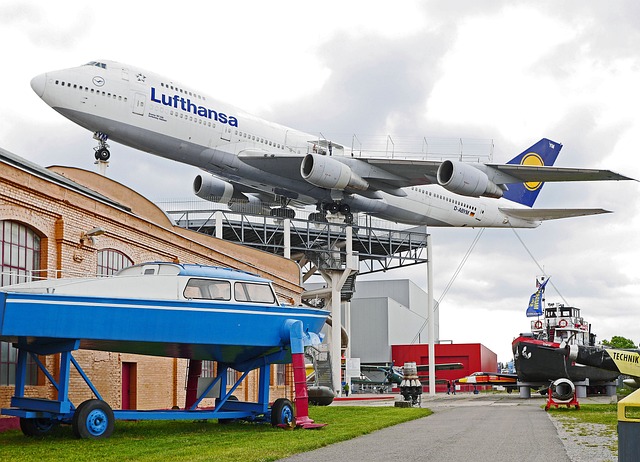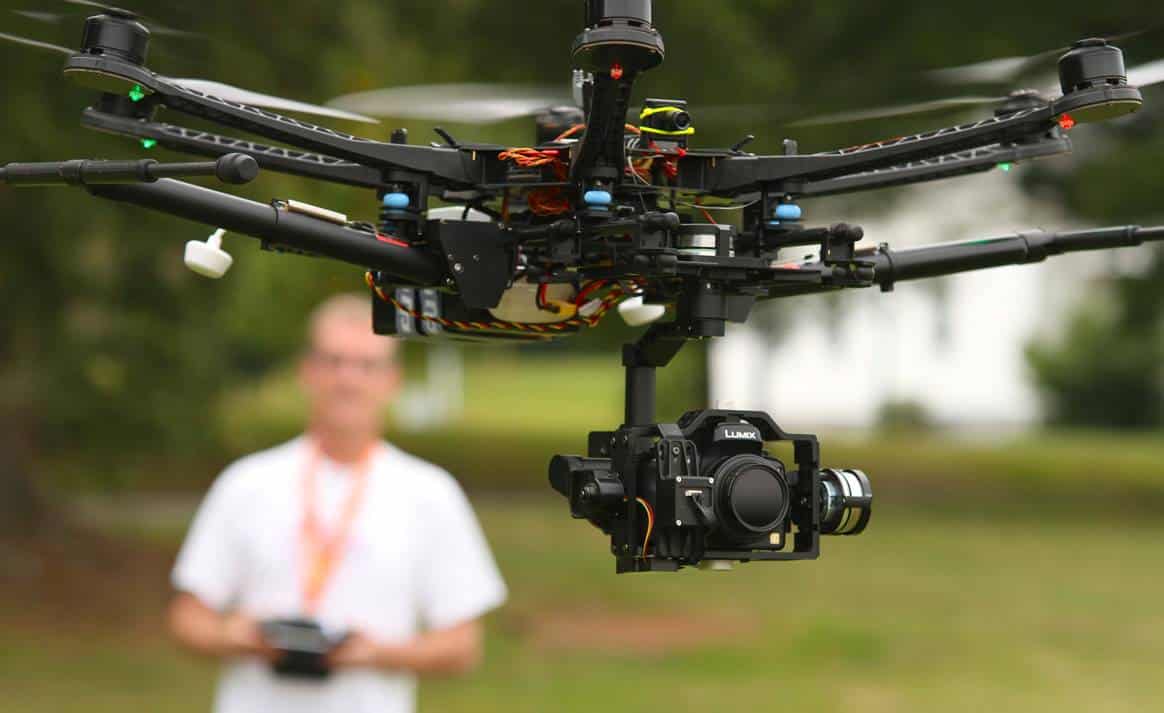The aviation industry is a behemoth with billions of dollars and millions of passengers flowing through every year, and the most important part of the industry is the planes and how well they’re maintained year after year. One of the main tools used in their maintenance is the airplane jack, a tool that is indispensable when it comes to angling and transporting the plane on the ground.
However, like any heavy industrial machine, it can be dangerous, so keep reading to find the best practices you should use to maximise safety.
1- Specialised training
Specialised training is something that’s incredibly important when it comes to the regular maintenance of aircraft, especially while using jacks. This is because planes are incredibly complex, and weigh thousands of pounds, which means that the jack needs to be perfectly positioned and incredibly sturdy and stable to be able to support the plane properly without any risk of falling or damage.
There are many different kinds of jacks, and the training each technician has should be relevant to the jack they’re operating; if it is, this will allow the plane to be routinely serviced and maintained easily, without any risk of injury, and the plane likely won’t be damaged. At the same time, it’s being lifted, too.
2- Manufacturer instructions
Many different kinds of jacks fit into all kinds of categories, with different specifications and use cases, and even jacks that are part of the same category can differ from model to model or company to company. If you want to know how to use it properly, you’ll have to use the manufacturer’s instructions, as they give detailed and specialised advice for the specific jack you’re working with.
This includes specifications on how much weight it can handle, how to use it, any special bells and whistles, and how often you should maintain it. Jacks need to be maintained, too, and manufacturer instructions are a helpful tool in deciding when to do that.
3- Using the appropriate jack type
As previously mentioned, there are countless jack types, from hydraulic and pneumatic to axle and tripod jacks, and they each come with their use cases and types of planes that they’re compatible with. This means that you’ll need to use the appropriate jack for the task and plane at hand if you want to maximise safety.
If you use a jack in a way the manufacturer hasn’t intended to, there could be serious consequences. For example, tripod jacks are incredibly stable but have a low weight-bearing capacity, so if you use one with the heaviest planes in your fleet, it might get damaged or even be unable to hold the plane up for maintenance, which would be a disaster.
4- Emergency precautions
Having emergency precautions is always a good idea if you want to be prepared for the worst, and, especially if you’re in a high-volume and popular airport, the frequency of flights and maintenance may mean that one day, an emergency may arise.

Having precautions set in place for these times will minimize damage and losses, and the main precautions you should keep in mind include using parking brakes for the plane, using wheel chocks to prevent even slight movements, and using level ground for the operation. You should also have tethers attached to the plane and towbars nearby in case it falls to slow its fall and prevent injuries.
5- Personal protection
Personal protection is a vital safety instrument wherever serious industrial work occurs, and working with aircraft jacks is no different. Planes have massive engines and turbines that run incredibly hot, as well as a lot of chemicals that can negatively affect health, as well as parts that can fall or spark, causing injury.
If you make sure you wear personal protection, such as high-visibility vests and hard hats, you’ll be free from most physical risks, while masks and gloves will protect you from the rest.
Conclusion
Aeroplane jacks are incredible tools that have allowed technicians to move their planes wherever they want to so they can get the necessary attention and repairs easily. It’s a tool you’ll find yourself using almost every day between flights if you’re in the industry, but if jacks are used so often, you must also ensure all the required safety practices are being followed. Whether it’s certification, safety vests, uniforms, or OSHA regulations, being mindful of safety is essential and the first priority regarding this tool.
Learn about more fun tech here.













Leave a Reply